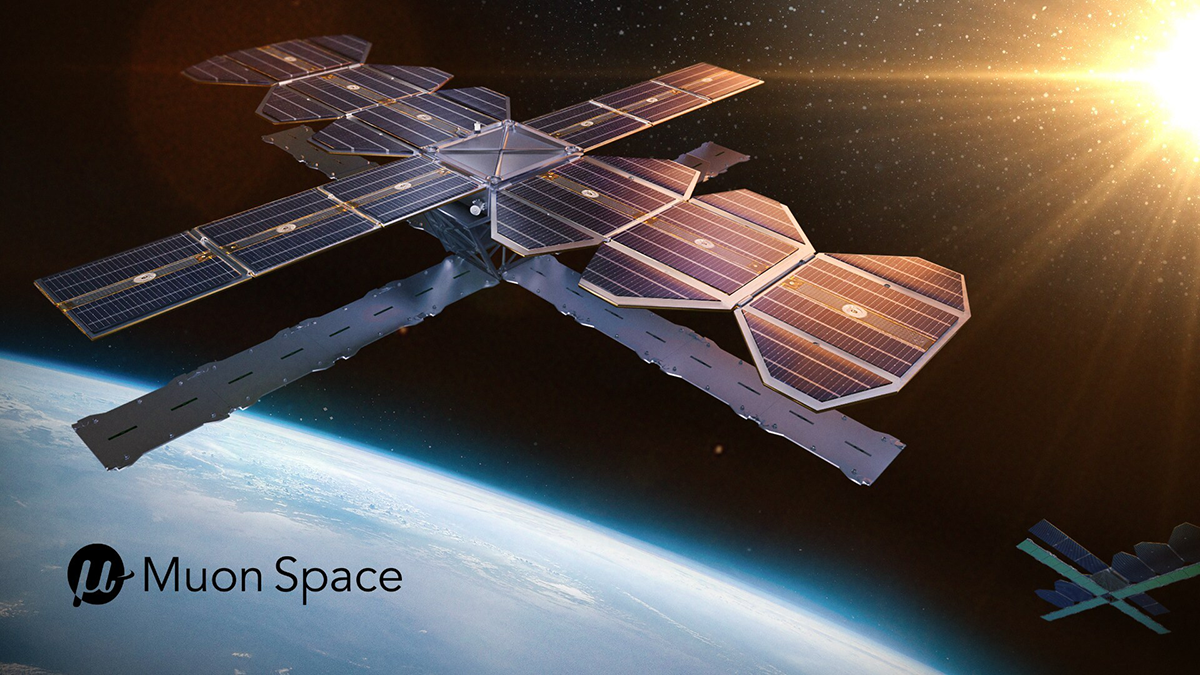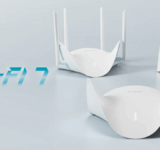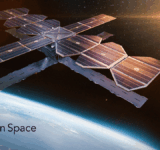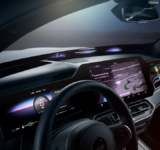Muon Space, a provider of end-to-end space systems specialising in mission-optimised satellite constellations, recently introduced its most capable satellite platform: MuSat XL, a high-performance 500kg-class spacecraft designed for the most demanding next-generation Low Earth Orbit (LEO) missions.
Muon also announced its first customer for the XL Platform: Hubble Network, a Seattle-based space-tech pioneer building the world’s first satellite-powered Bluetooth network.
The XL Platform provides a dramatically expanded capability tier to the flight-proven Halo stack – delivering more power, agility, and integration flexibility while preserving the speed, scalability and cost-effectiveness needed for constellation deployment. Optimised for Earth observation (EO) and telecommunications missions supporting commercial and national security customers that require multi-payload operations, extreme data throughput, high-performance intersatellite networking, and cutting-edge attitude control and pointing are all key features of the XL Platform.
“XL is more than a bigger bus – it’s a true enabler for customers pushing the boundaries of what’s possible in orbit, like Hubble,” said Jonny Dyer, CEO of Muon Space. “Their transformative BLE technology represents the future of space-based services and we are ecstatic to enable their mission with the XL Platform and our Halo stack.”
In 2024, Hubble was the first company to establish a Bluetooth connection directly to a satellite, fuelling global IoT growth. Using MuSat XL, it will deploy a next-generation BLE payload featuring a phased-array antenna and a receiver 20 times more powerful than its CubeSat predecessor, enabling BLE detection at 30 times lower power and direct connectivity for ultra-low-cost, energy-efficient devices worldwide. MuSat XL’s large payload accommodation, multi-kW power system, and cutting-edge networking and communications capabilities are key enablers for advanced services like Hubble’s.
“Muon’s platform gives us the scale and power to build a true Bluetooth layer around the Earth,” said Alex Haro, Co-Founder and CEO of Hubble Network.
The first two MuSat XL satellites will provide a 12-hour global revisit time, with a scalable design for faster coverage. Hubble’s BLE Finding Network supports critical applications in logistics, infrastructure, defense, and consumer technology.
MuSat XL is engineered for operators who need real capability – more power, larger apertures, more flexibility, and more agility – and with the speed to orbit and reliability that Muon has already demonstrated with its other platforms in orbit since 2023. Built on the foundation of Muon’s heritage 200 kg MuSat architecture, MuSat XL is a 500kg-class bus that extends the Halo technology stack’s performance envelope to enable high-impact, real-time missions.
Key capabilities:
- 1kW+ orbit average payload power – supporting advanced sensors, phased arrays, and edge computing applications
- Seamless, Internet-standards based, high bandwidth, low latency communications, and optical crosslink networking – extremely high volume downlink (>5 TB / day) and near real-time communications for time-sensitive operations critical for defense, disaster response, and dynamic tasking
- Flexible onboard interface, network, compute – Muon’s PayloadCore architecture enables rapid hardware/software integration of payloads and deployment of Cloud-like workflows to onboard network, storage, and compute
- Precise, stable, and agile pointing – attitude control architected for the rigorous needs of next-generation EO and RF payloads
There’s plenty of other editorial on our sister site, Electronic Specifier! Or you can always join in the conversation by visiting our LinkedIn page.










